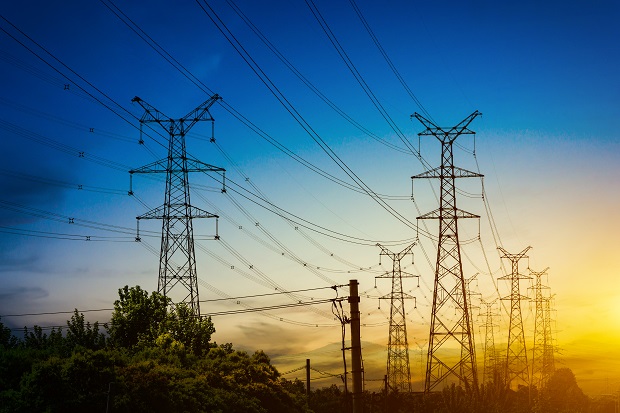Nepal in its recent budget attempts to boost hydropower production and export electricity to Bangladesh.
NRs 50.74 billion allocated for the energy sector in the upcoming budget.
Nepal plans to boost hydropower production and export electricity to Bangladesh. It has currently allocated Rs 50.74 billion for the energy sector in the upcoming budget. In this, major hydropower projects, including Budhigandaki and Upper Arun.
Its major hydropower projects, including Budhigandaki and Upper Arun, which are set to begin soon in Kathmandu. The finance minister Barsha Man Pun’s announcement focuses on electricity production and export to Bangladesh starting from the fiscal year 2024-25. While unveiling the budget on Tuesday, Minister Pun highlighted an NRs 1.96 trillion budget prioritizing hydropower, particularly reservoir-based projects, with NRs 50.74 billion allocated for energy sector development.
Minister Pun, addressing a joint session of Parliament, outlined the goal to increase hydropower generation capacity. He announced plans to connect an additional 900 MW to the national transmission grid, raising the total capacity to 4,500 MW. The per capita electricity consumption is expected to rise to 450 units. Notably, the export of electricity to Bangladesh will commence in the upcoming fiscal year
The government plans to initiate the construction of several large-capacity hydropower projects, including the 1,200 MW Budhigandaki and the 1,061 MW Upper Arun projects. Additional projects like Nalagad, Jagdulla, Naumure, 77.5 MW Ghunsa, and 70 MW Ghunsa Khola hydropower projects will also begin, with the latter two funded by investments from Nepalis working abroad. The construction of the 783 MW Sunkoshi III hydropower project and the integration of 100 MW of solar projects from the private sector into the national grid are also planned.
This budget came after the signing of an agreement over the Terms of Reference (ToR) of the parliamentary investigation committee with the opposition Nepali Congress. The 2024-25 budget, which begins mid-July, is 6.2% larger than the current fiscal year’s unrevised budget of NRs 1.75 trillion.
Minister Pun revealed that recurrent expenditure is estimated at NRs 1.14 trillion (61.31% of the total budget), capital expenditure at NRs 352 billion (18.94%), and financial management expenditure at NRs 367 billion (19.74%). Financing sources include NRs 1.26 trillion from revenue, NRs 330 billion from internal loans, NRs 217 billion from external loans, and NRs 52.3 billion from foreign grants.

